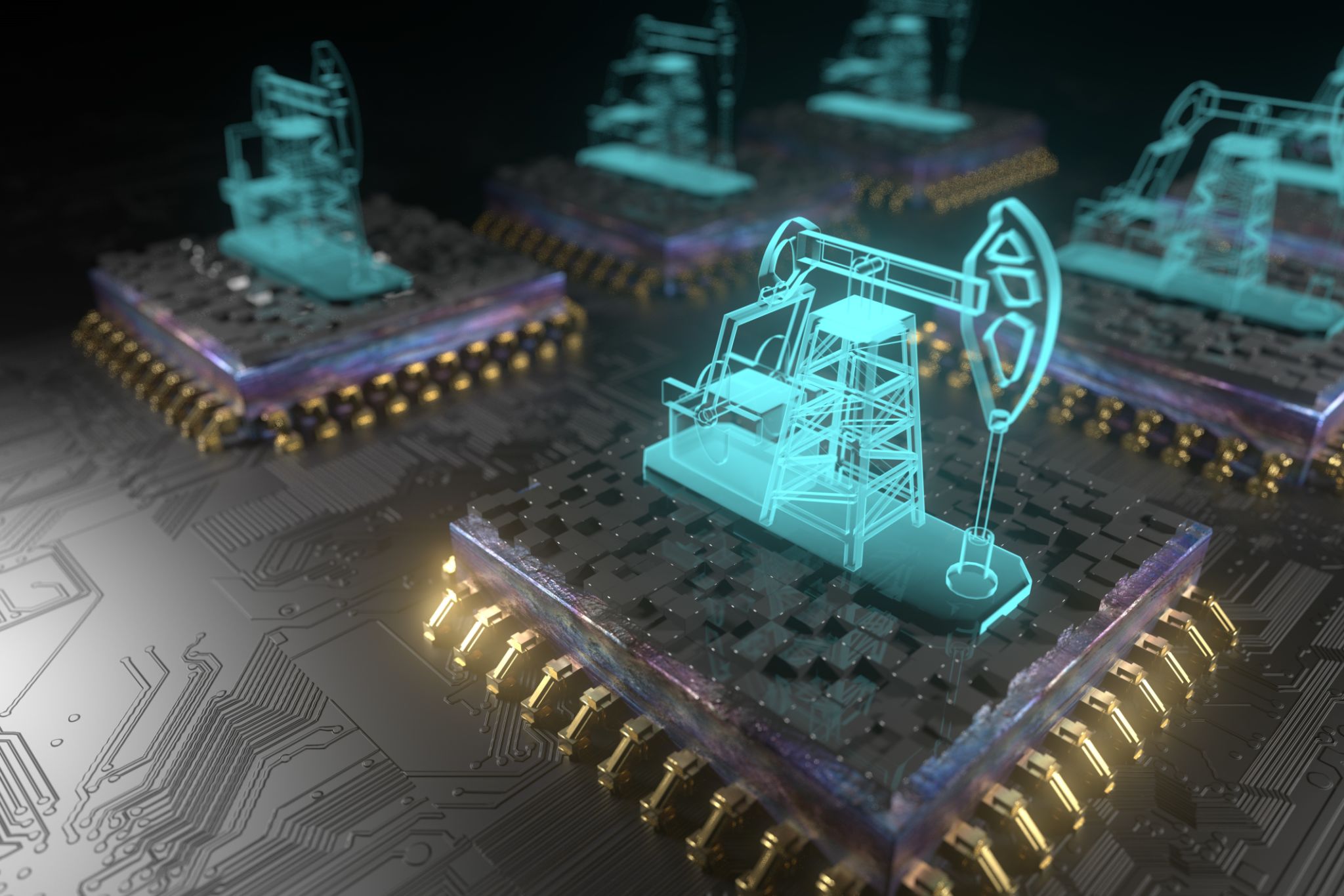A Comprehensive Guide to Implementing Simulation Models in Mining Machinery
JM
Introduction to Simulation Models in Mining Machinery
The mining industry is constantly evolving, with technology playing a crucial role in increasing efficiency and safety. One of the most impactful technological advancements is the use of simulation models in mining machinery. These models serve as digital twins, allowing operators to visualize and optimize processes before they are implemented in the real world.
Simulation models help in predicting outcomes, reducing costs, and minimizing risks associated with mining operations. They are indispensable tools for planning, training, and decision-making.

Benefits of Implementing Simulation Models
Simulation models offer a host of benefits that can transform mining operations. One of the primary advantages is risk reduction. By simulating machinery operations, potential problems can be identified and addressed before they occur in the field.
Another significant benefit is cost efficiency. Simulating various scenarios helps identify the most cost-effective approaches to mining operations, saving resources and time. Additionally, simulation models can be used to train operators, improving their skills without exposing them to the dangers of real-world mining.

Enhanced Safety
Safety is a critical concern in mining operations, and simulation models play a vital role in enhancing it. By providing a controlled environment to test machinery and processes, these models help ensure that safety protocols are not only met but optimized. This proactive approach significantly reduces the likelihood of accidents.
Steps to Implement Simulation Models
Implementing simulation models in mining machinery involves several key steps that ensure maximum effectiveness. Here’s a comprehensive guide:
- Assessment: Evaluate the specific needs and challenges of your mining operations to determine where simulation models can be most beneficial.
- Selection: Choose the right simulation software that suits your operational requirements and budget.
- Integration: Integrate the simulation models with existing systems and machinery to create a seamless workflow.
- Training: Ensure that staff are adequately trained to use simulation tools effectively.
- Feedback Loop: Continuously review and update the simulation models based on real-world data and outcomes.
Choosing the Right Software
The software you choose plays a pivotal role in the success of your simulation models. Look for solutions that offer scalability, accuracy, and user-friendly interfaces. It's also essential to consider software that provides comprehensive support and regular updates.

Challenges and Considerations
While simulation models offer numerous benefits, there are challenges to consider during implementation. One common issue is the initial cost, which can be significant. However, this investment often pays off through increased efficiency and reduced operational costs in the long run.
Data accuracy is another critical factor. High-quality data is essential for creating reliable simulations. Consequently, investing in accurate data collection tools and processes is non-negotiable.
Future of Simulation Models in Mining
The future of simulation models in mining looks promising, with ongoing advancements in artificial intelligence and machine learning set to enhance their capabilities further. As these technologies evolve, simulation models will become even more integral to optimizing mining operations.

Conclusion
Simulation models represent a transformative approach to mining machinery management. By implementing these digital tools, mining companies can achieve greater efficiency, safety, and cost-effectiveness. As technology continues to advance, embracing simulation models will remain crucial for staying competitive in the dynamic mining industry.
